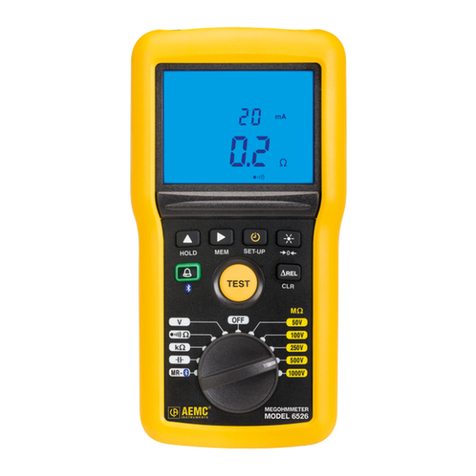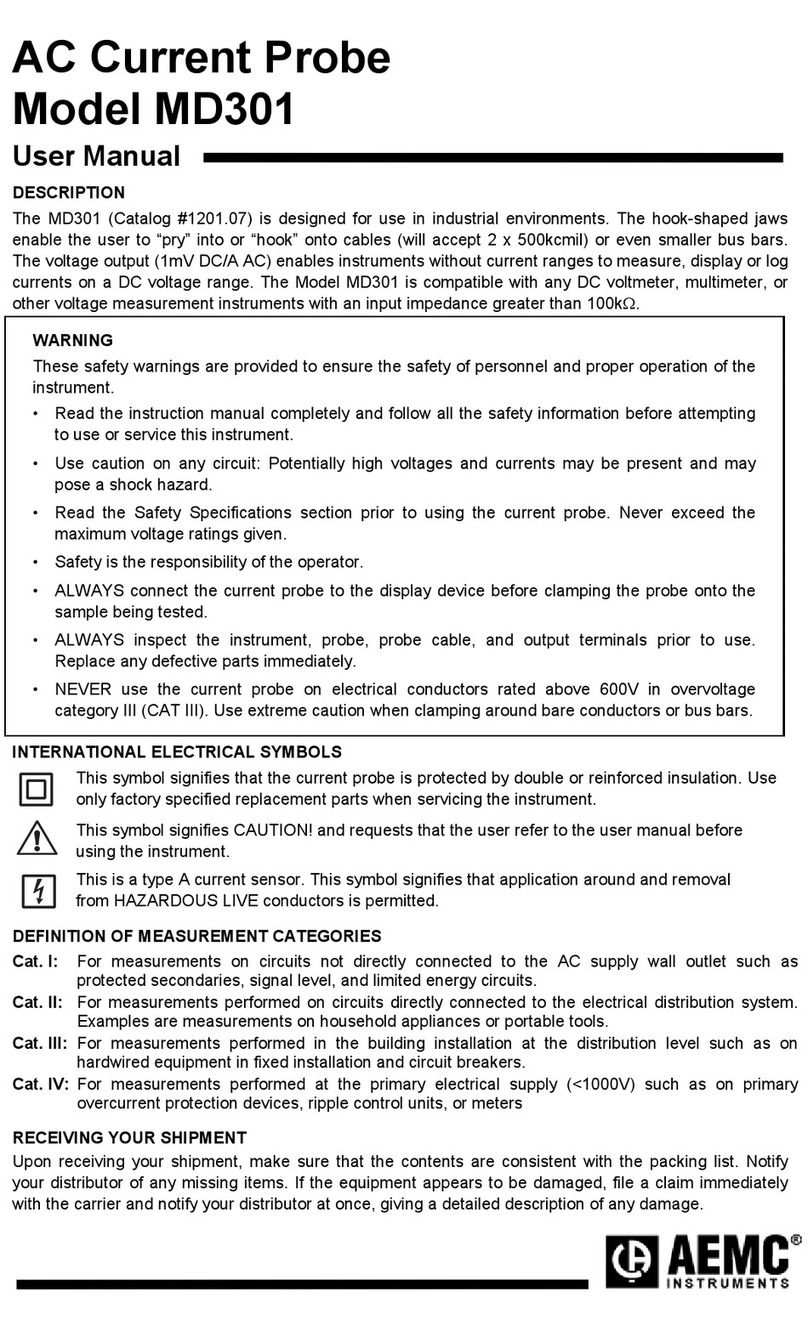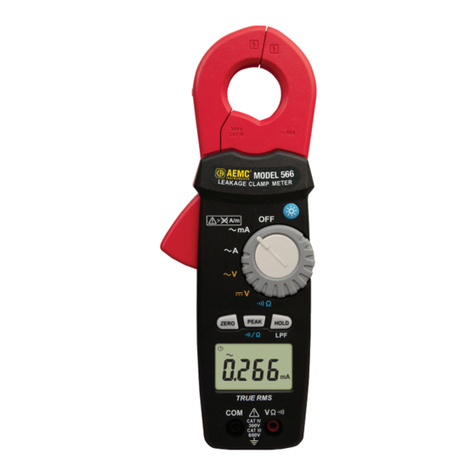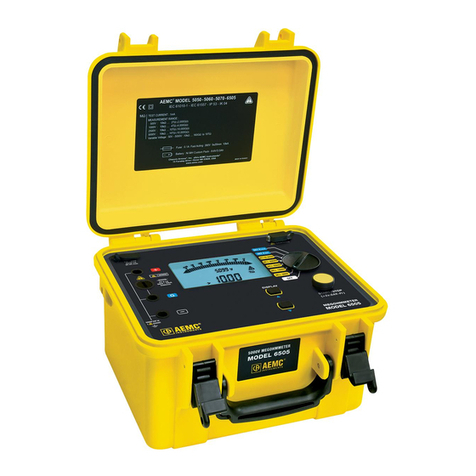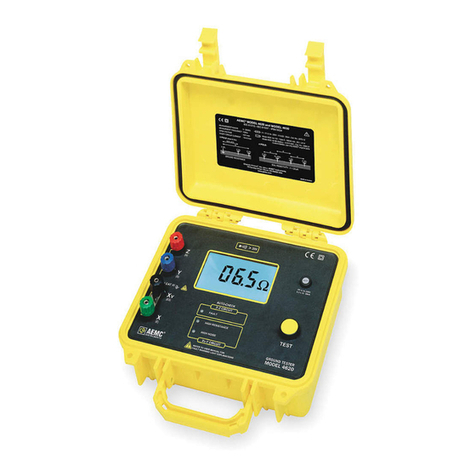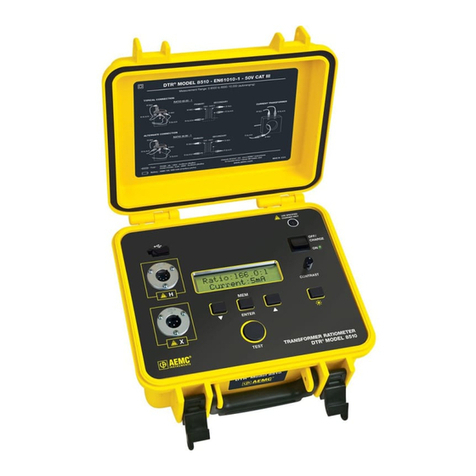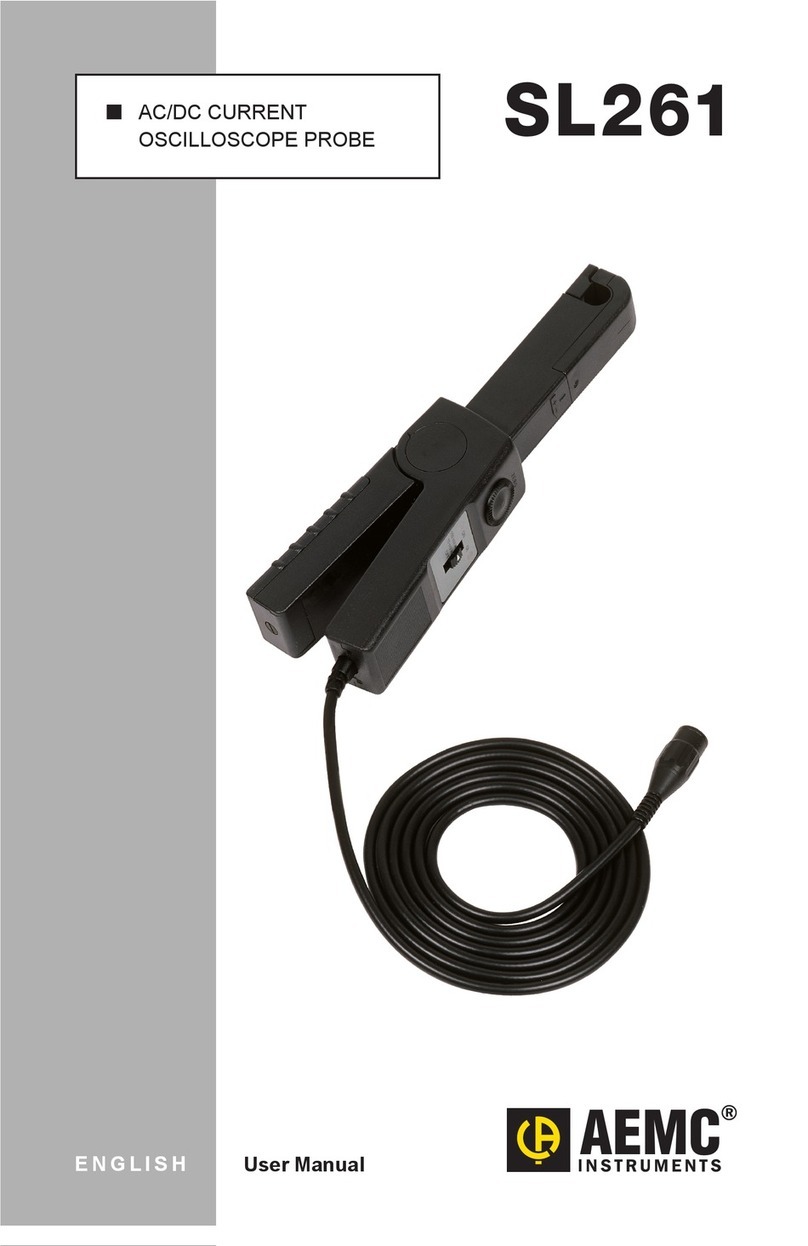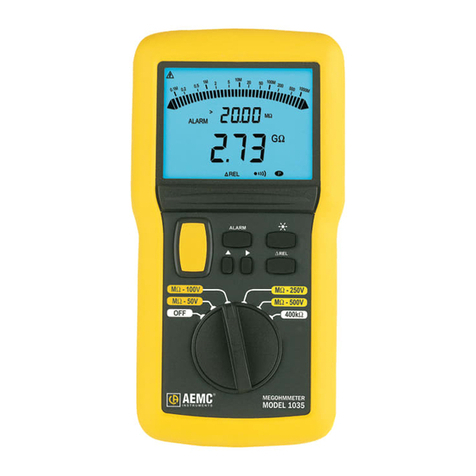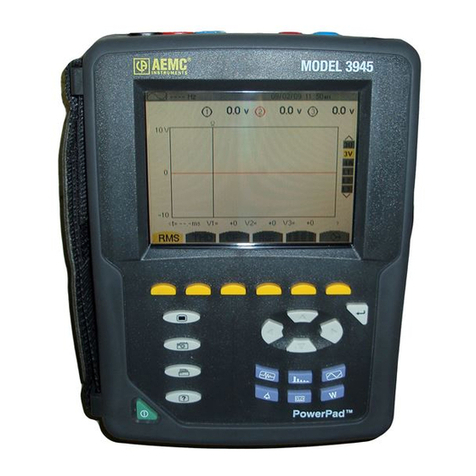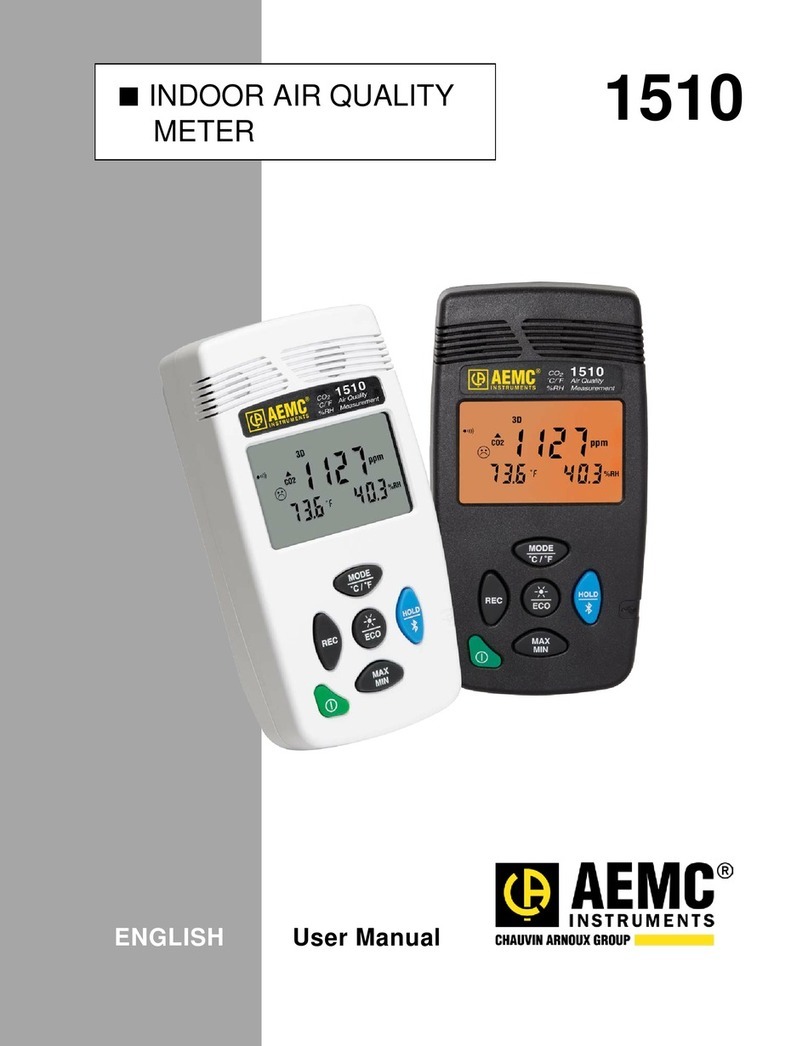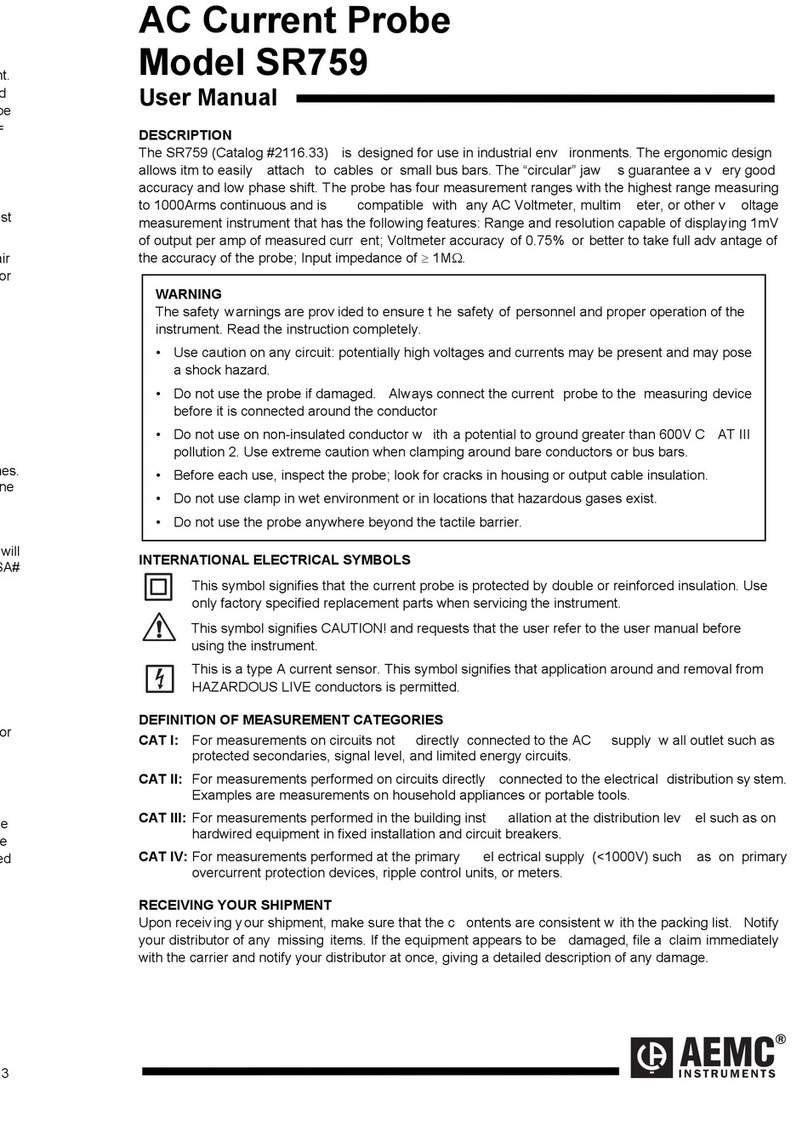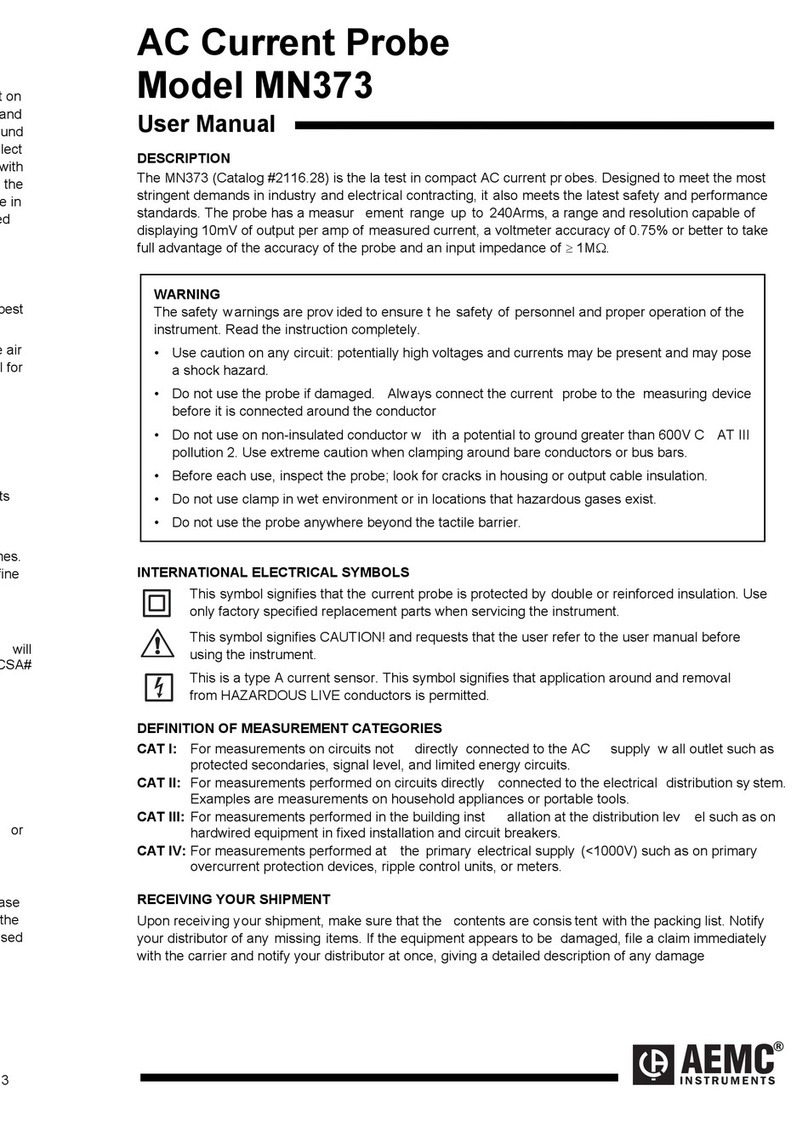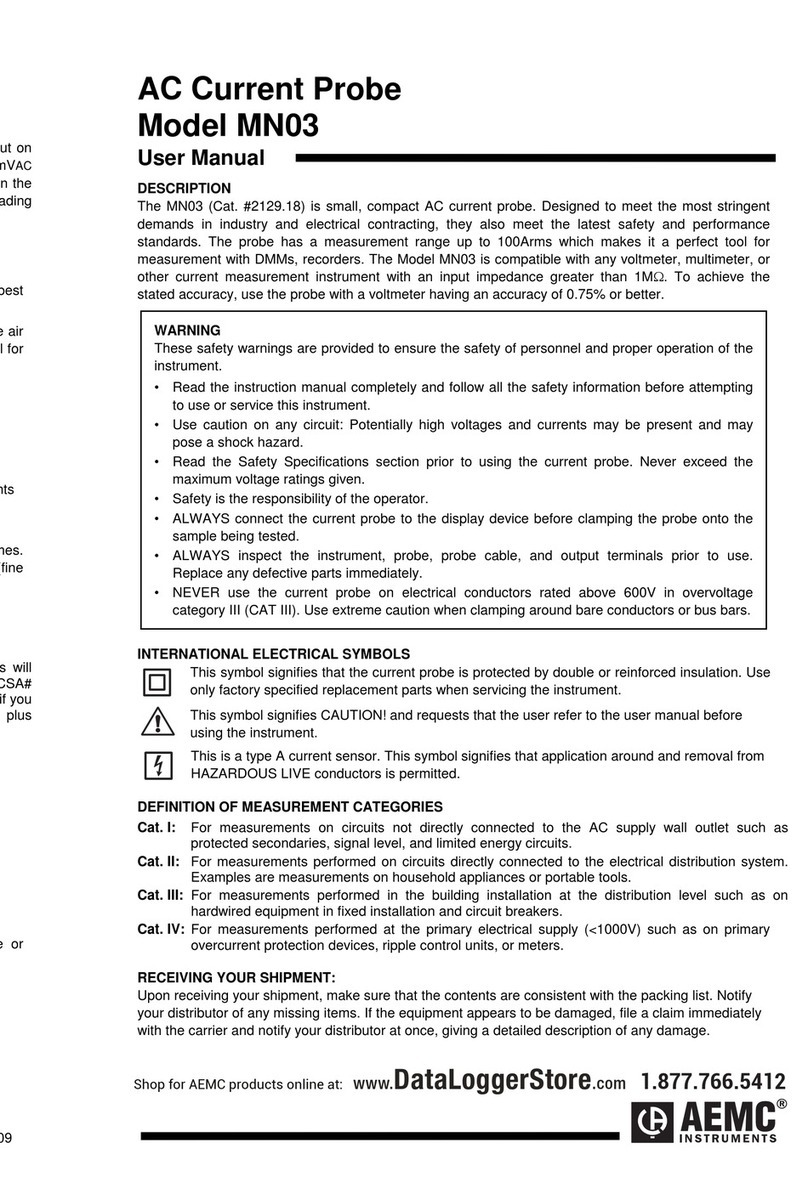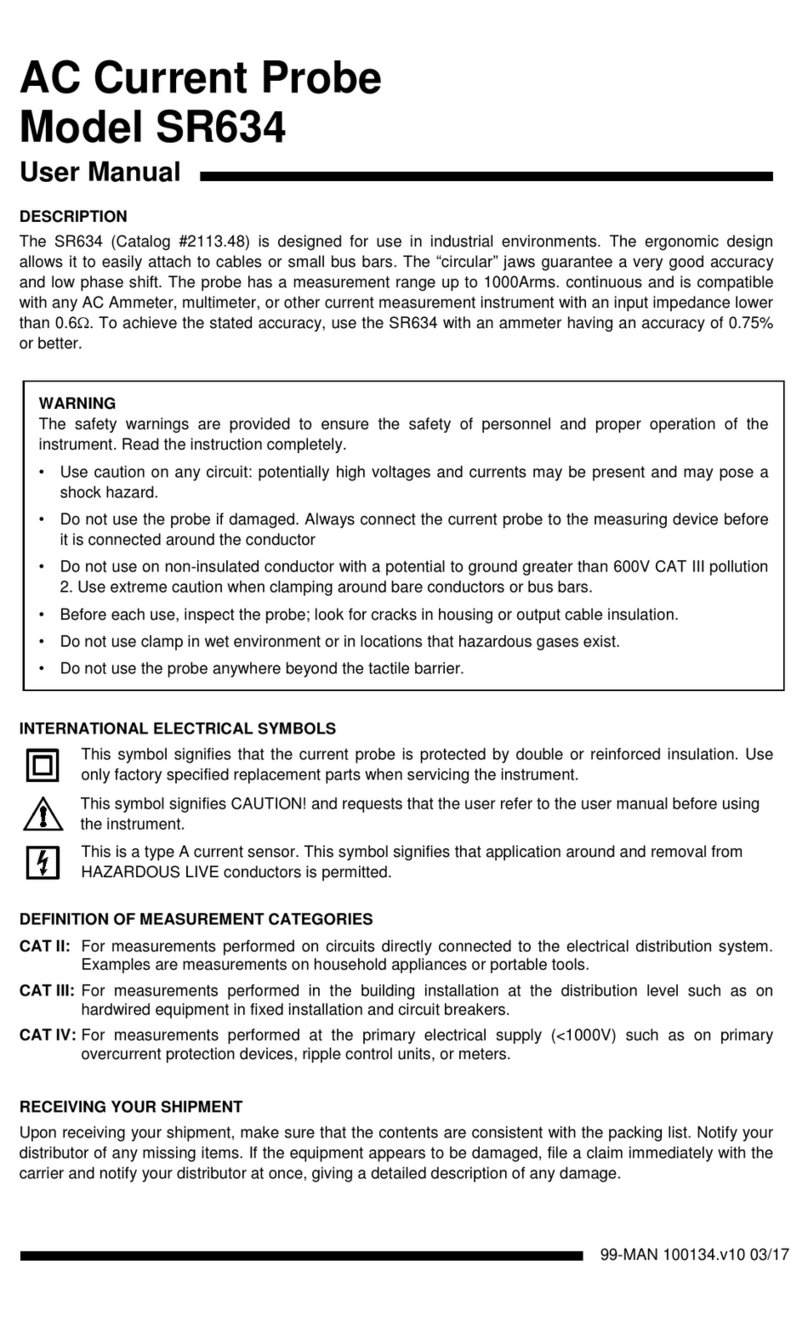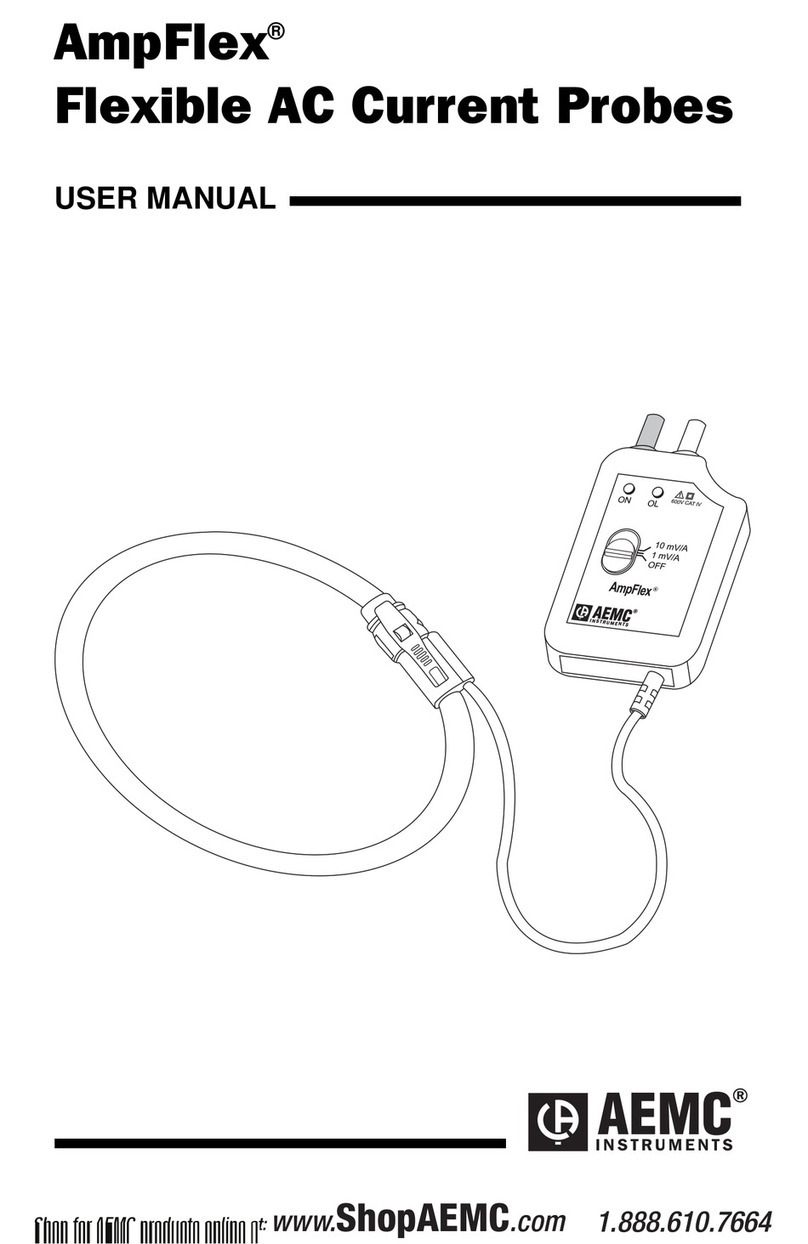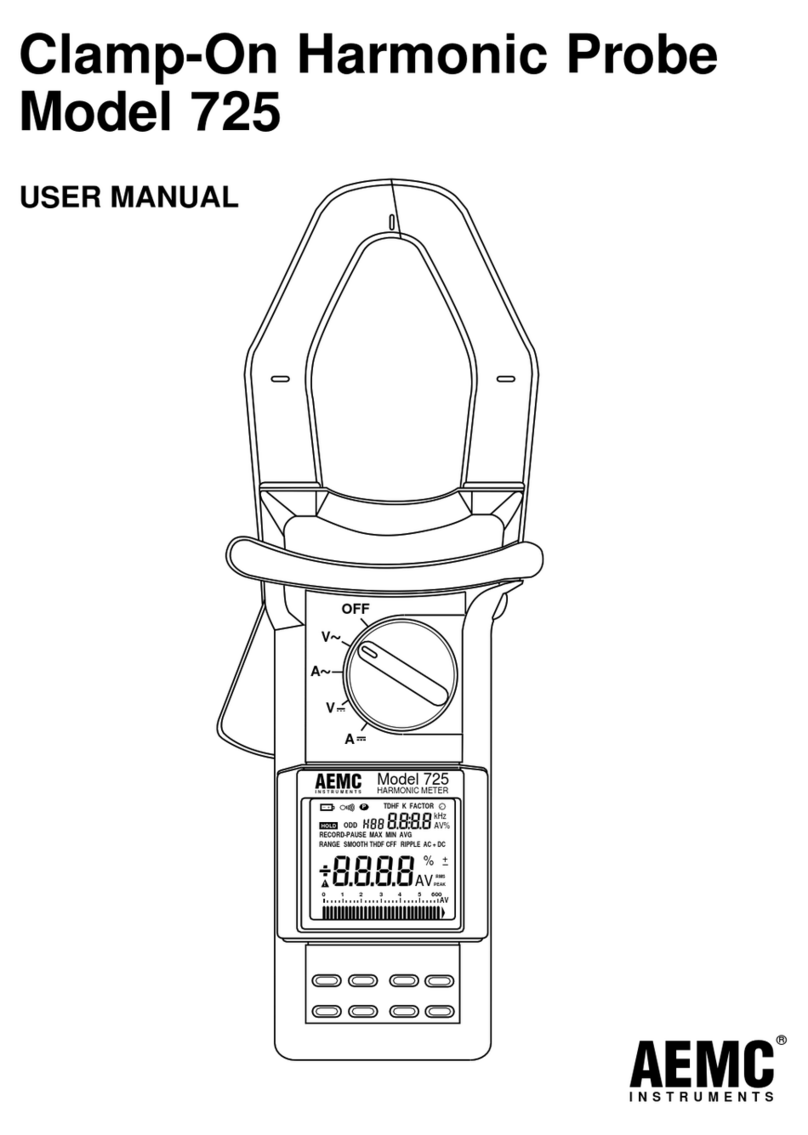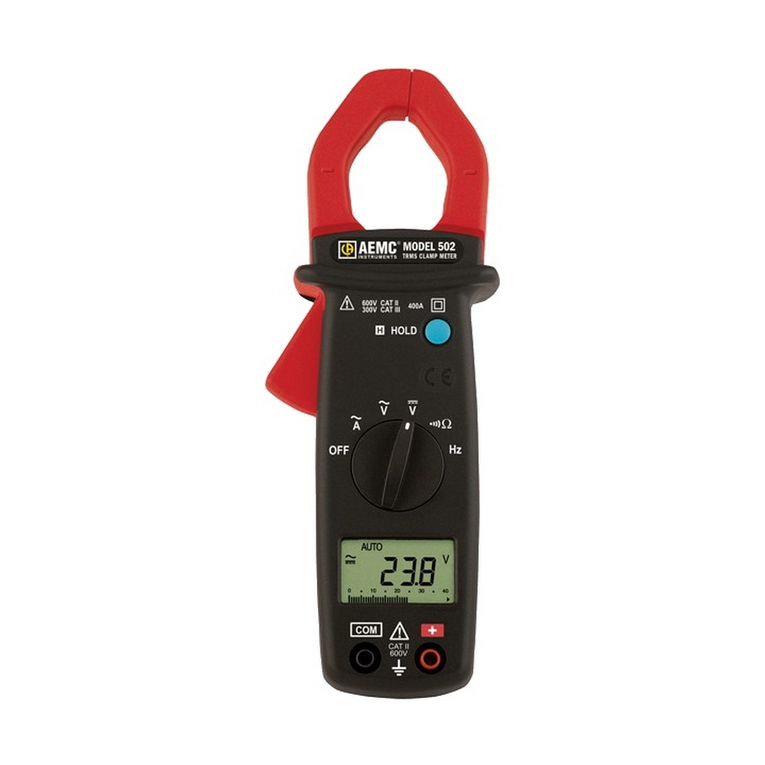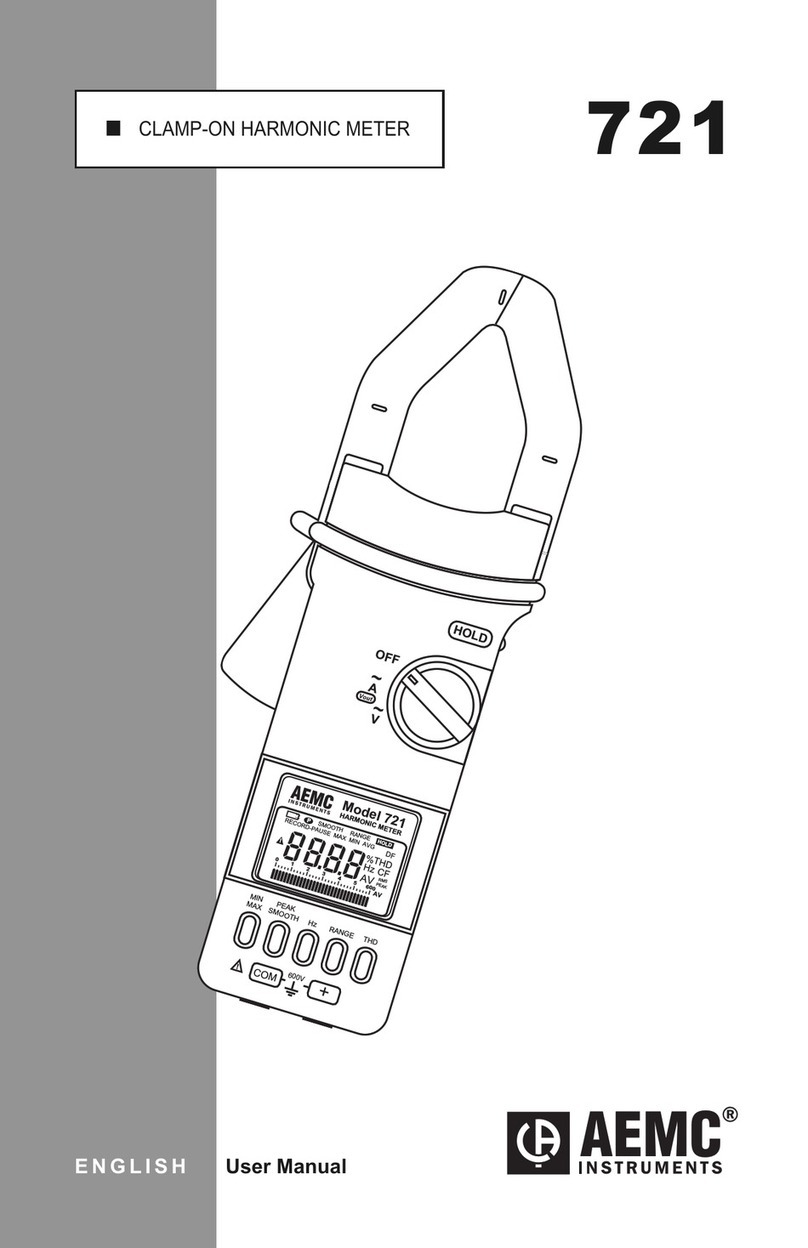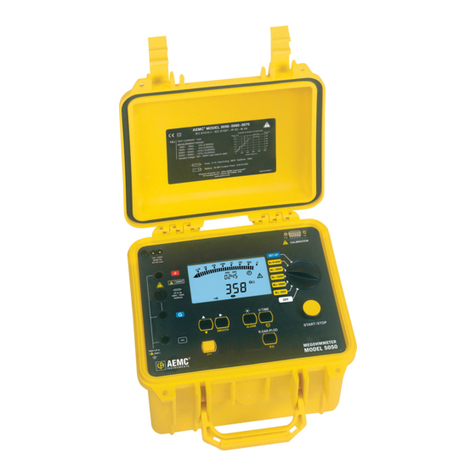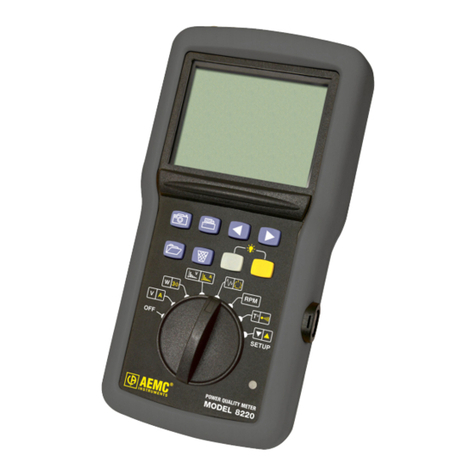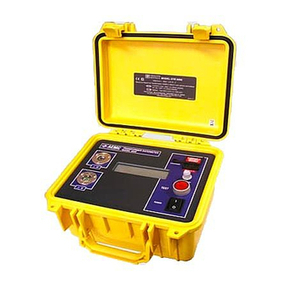
Micro-ohmmeter Model 6292
3
Table of Contents
1. INTRODUCTION .............................................................................................5
1.1 Receiving Your Shipment......................................................................5
1.2 Ordering Information.............................................................................5
1.2.1 Accessories ..............................................................................5
1.2.2 Replacement Parts...................................................................5
2. PRODUCT FEATURES .....................................................................................6
2.1 Description............................................................................................6
2.2 Features................................................................................................6
2.3 Applications...........................................................................................7
2.4 Control Features...................................................................................8
2.5 Current Probe Connector......................................................................8
2.6 LCD Display..........................................................................................9
2.7 Keypad and Function Buttons...............................................................9
2.8 Rotary Knob........................................................................................10
3. INSTRUMENT CONFIGURATION....................................................................11
3.1 Time and Date Settings ......................................................................13
3.2 Display Options...................................................................................14
3.3 Cooling System...................................................................................15
3.4 Language............................................................................................15
4. OPERATION.................................................................................................16
4.1 Getting Started....................................................................................16
4.2 Test Leads ..........................................................................................17
4.3 Main Screen........................................................................................17
4.4 Changing the Operating Mode............................................................17
4.5 Creating a New Object Name .............................................................18
4.6 Adjusting the Test Current...................................................................18
4.7 Adjusting the Test Duration .................................................................19
4.8 Measurement Filtering and Working Frequency.................................20
4.9 Running a Test....................................................................................20
4.9.1 Normal Mode ..........................................................................20
4.9.2 Both Sides Grounded (BSG) Mode ........................................21












